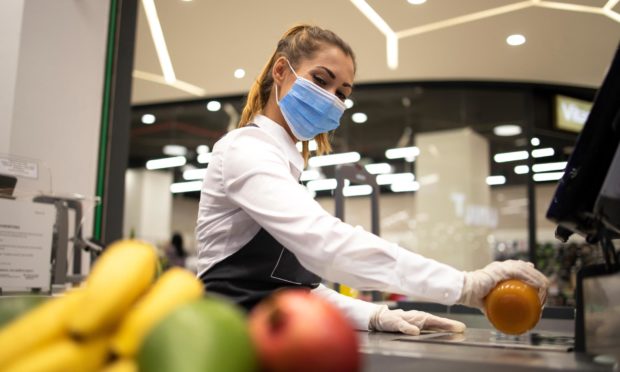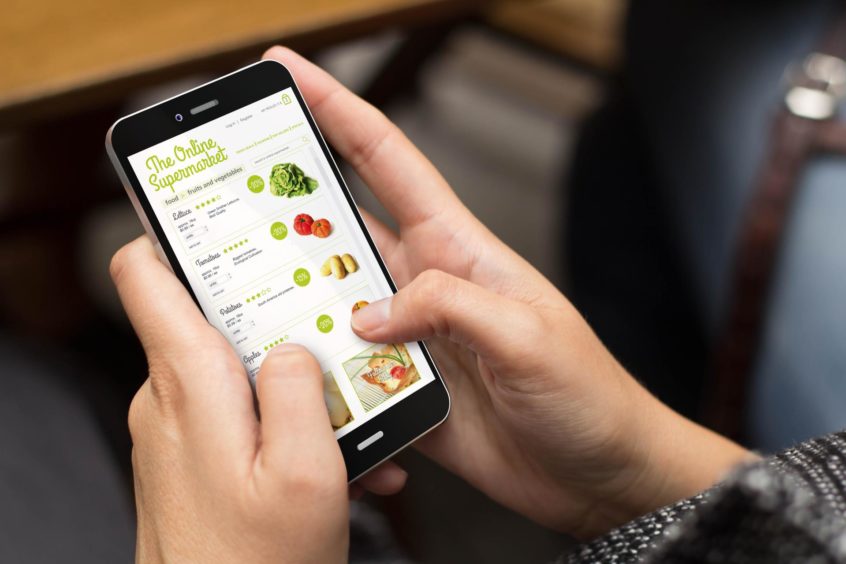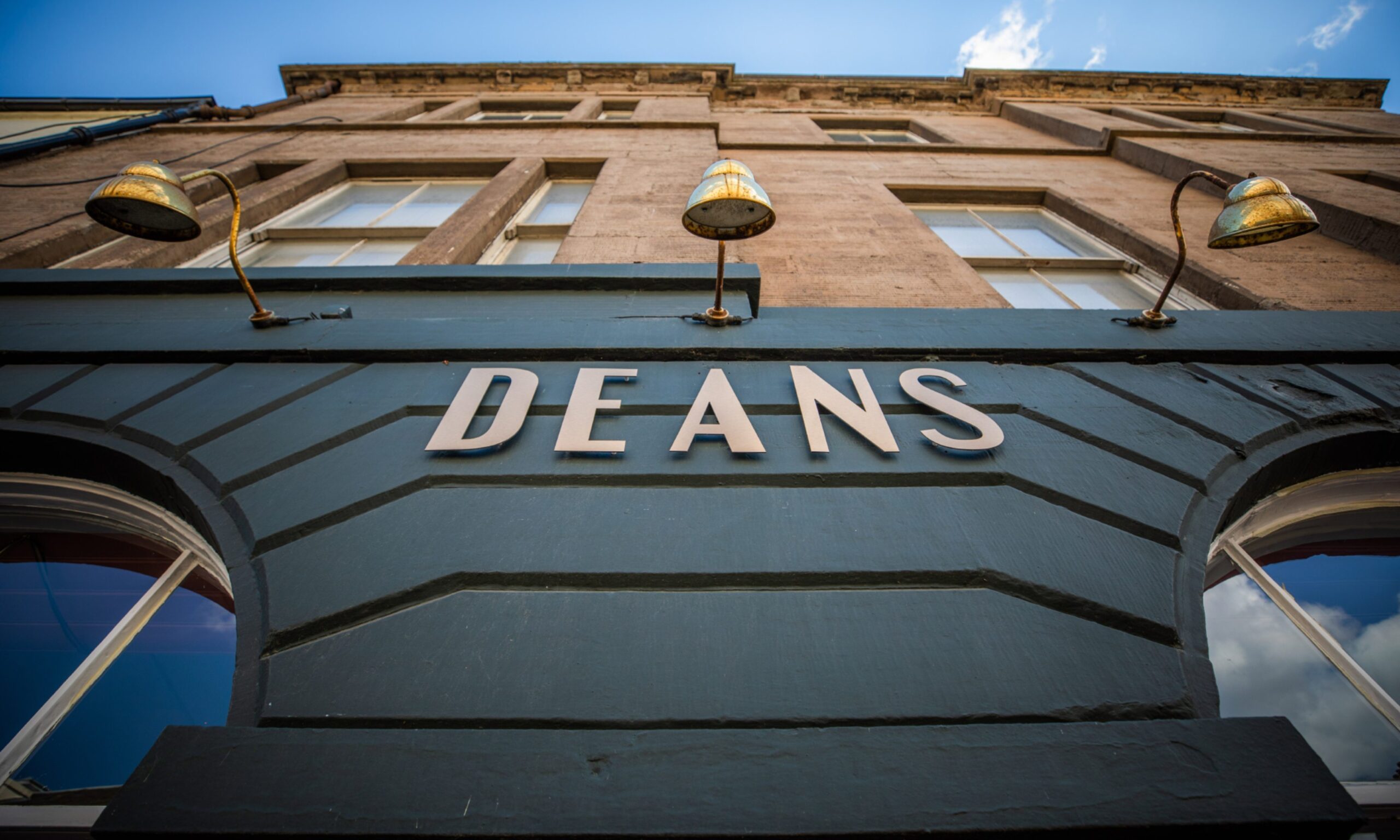Scottish Grocers Federation chief executive, Dr Pete Cheema OBE, reflects on the past year, the impact of coronavirus on the grocery sector and what Brexit might mean in 2021.
The past 12 months have meant 2020 has been a year like no other. It can be difficult to assess the long-term impact on our lives and to what extent things will return to some kind of pre-coronavirus normality.
But as we move towards the end of 2020, some evidence is emerging which helps us to paint a picture of how shopping behaviours and consumer attitudes have changed during the Covid-19 pandemic.
There are two big developments which dominate the picture, having had enormous impact in the last year.
The first is the big move towards shopping online. About 75% of people are now shopping for groceries online – up from 60% in 2019.
The second is that there has been a big move towards convenience stores. Searches on UK-wide social media for “local shops” have increased 179% from last year.
Surveys have found that 70% of those who used local convenience stores to “top up” their shopping during the crisis would maintain the routine.
30% market share
From our own figures at the Scottish Grocers Federation, we know that across the UK, the convenience sector is currently making about 600,000 home deliveries each week and that the sector has captured around 30% of the total market share in grocery.
With the rise in homeworking, big restrictions on the hospitality sectors and more time in our kitchens, we have become a nation of experimental cooks.
More than half of consumers have attempted – and will continue to try – new recipes, cooking styles and ingredients. Meanwhile, evening dinners have become the next day’s lunch as we try to maximise value and cut waste.
Seven in 10 homeworkers now say that they sometimes eat the previous night’s leftovers for the next day’s lunch. Without the need to travel, cooking has become the “new commute”.
Brexit impact
As I mentioned in last month’s feature, we cannot ignore the potentially massive impact of Brexit.
The staple products which make up a typical basket of shopping in a convenience store won’t be too badly affected, but in terms of anything which is imported we might see a much reduced range of products on the shelves.
So it looks like in 2021 we will continue to shop more online, but when we do pop out for grocery shopping it is just as likely to be to a local convenience store as a big supermarket.
We’ll cook more at home and be more conscious of not wasting food. Brexit might reduce the range of product categories in the shops but this could be a real opportunity to focus on Scottish and seasonal products. It’s maybe not all bad.












